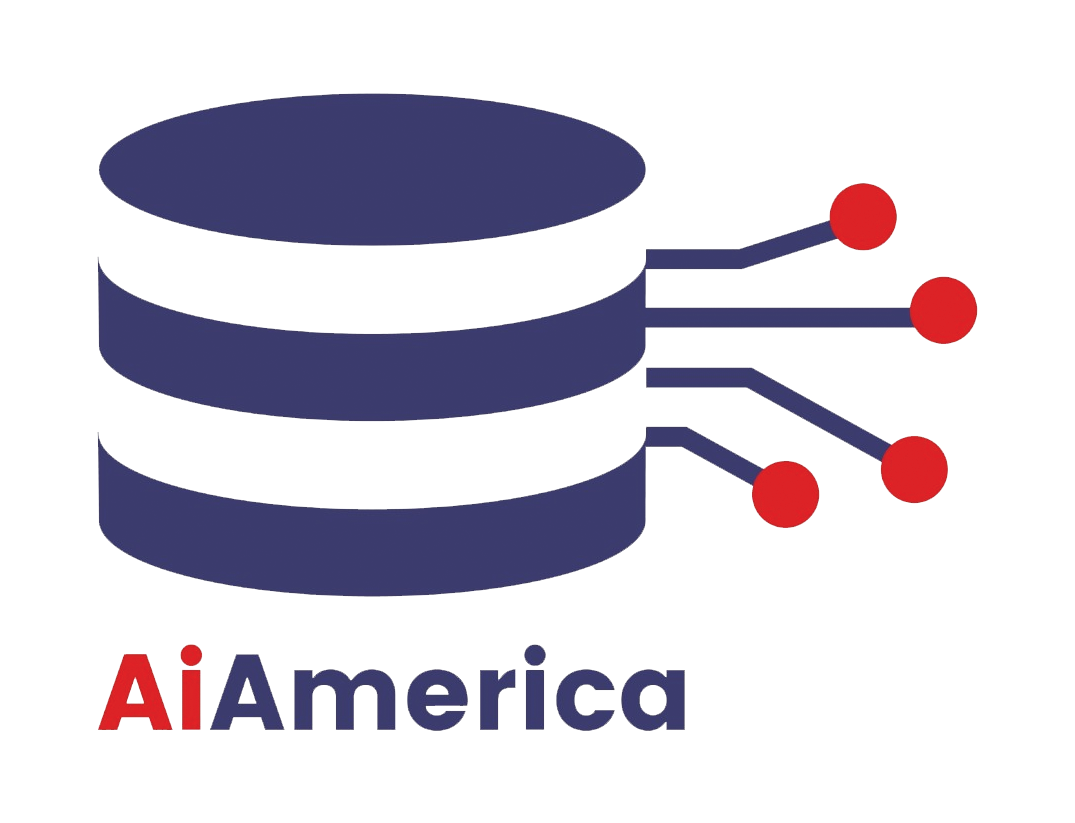
Close

AI America – Explore the Future of AI
Generative AI refers to artificial intelligence models capable of creating new and original content. Unlike traditional AI, which focuses on analyzing and interpreting data, generative AI produces new data, such as text, images, music, or even 3D models. These systems are based on advanced models like GPT (Generative Pre-trained Transformer), DALL·E, and StyleGAN, which learn from vast datasets to generate content that mirrors human creativity.
Generative AI uses techniques like deep learning and neural networks to understand patterns in data. By training on millions of examples, these models can “learn” the structure and rules of language, images, or sounds, allowing them to generate new content in a variety of formats. What’s particularly exciting is their ability to mimic artistic styles, write coherent stories, compose music, and create entirely new visual concepts from scratch.
Generative AI is rapidly transforming the world of content creation by enabling both professionals and amateurs to produce high-quality, original work more efficiently. Here are some key areas where generative AI is making a profound impact:
Text Generation: Platforms like OpenAI’s GPT-4 are revolutionizing the writing process. Businesses are using generative AI to create blog posts, social media content, product descriptions, and even complex research reports. With minimal input, these models can generate well-structured, high-quality text that aligns with a company’s brand voice. This has significantly cut down the time and cost of content production.
Visual Art: Tools like DALL·E allow users to generate unique artwork by providing simple text prompts. Designers, marketers, and content creators use these tools to develop eye-catching visuals without needing extensive design skills. Generative AI is also being used in the fashion industry to create new clothing designs and patterns.
Music Composition: AI models like Jukedeck and Amper Music can generate original music compositions. These systems are capable of producing tracks for videos, podcasts, or even standalone albums, making it easier for creators to access royalty-free music tailored to their projects.
3D Modeling and Animation: In industries like gaming and film, generative AI is streamlining the development of 3D models and animations. AI-driven tools can create realistic characters, environments, and effects with significantly less manual input, enabling faster production times for movies, games, and virtual reality experiences.
The advantages of using generative AI in content creation are immense:
Efficiency: Content that would typically take hours or even days to produce can now be generated in a matter of minutes. This allows creators to focus on higher-level creative decisions while leaving repetitive tasks to AI.
Cost Savings: By automating aspects of content creation, businesses can reduce the costs associated with hiring large teams of writers, designers, or musicians.
Personalization: Generative AI can create personalized content at scale, tailoring marketing messages, product recommendations, and visuals to individual customer preferences. This increases engagement and improves customer satisfaction.
While the potential of generative AI is exciting, there are several challenges that must be addressed:
Quality Control: Although AI can generate impressive content, it’s not perfect. Human oversight is still necessary to ensure that the content aligns with brand values and objectives. AI can sometimes produce biased, repetitive, or incoherent results, requiring careful editing.
Ethics and Originality: The line between original creation and replication can sometimes blur. There are ongoing debates about the ethical use of AI-generated content, especially when it closely mimics the work of human artists or writers. Ensuring that AI-generated content doesn’t infringe on intellectual property is a challenge that needs careful consideration.
Generative AI is poised to become a dominant force in content creation, opening up new possibilities for creativity across industries. As these tools evolve, we’ll see even more sophisticated uses of AI in writing, design, music, and video production. However, it’s important to use AI responsibly, ensuring that it enhances human creativity rather than replacing it.
Explore more about how AI can enhance your content creation strategy at AI America.
